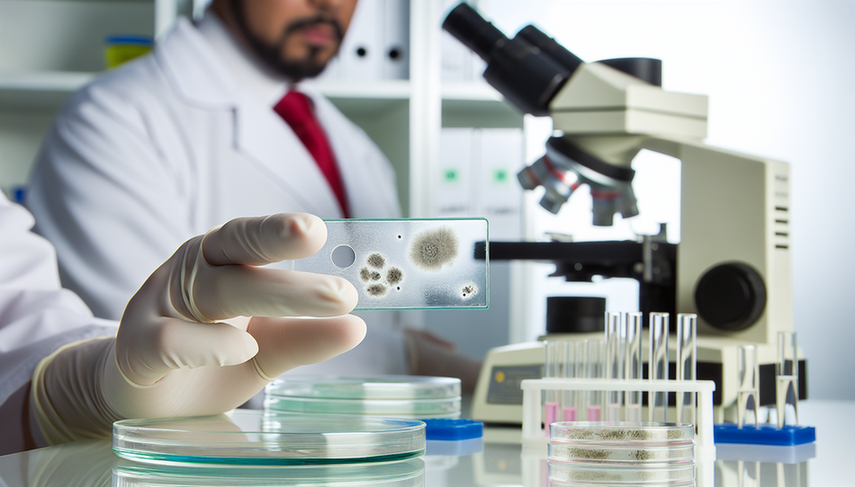Fungal Infections Diagnosis: KOH Examination and Mycological Culture for Ringworm and Onychomycosis

The diagnosis of fungal infections is a crucial aspect of clinical practice, especially given the prevalence of fungal infections such as ringworm and onychomycosis. These infections can be caused by dermatophytes, yeasts, or molds, and accurate identification is essential for effective treatment. Traditional methods, such as the KOH examination and mycological culture, remain fundamental tools in the diagnosis of these infections.
Diving Deeper into Fungal Diagnosis
The KOH examination is a simple and cost-effective technique that allows for the direct visualization of fungal elements in samples of skin, nails, or hair. However, its effectiveness may be limited by the observer's experience and the amount of fungal material present in the sample. Studies have reported false negative rates ranging from 5% to 15% due to the low visibility of dispersed fungal elements in nail samples [16367815].
On the other hand, mycological culture is considered the gold standard for diagnosing fungal infections, as it allows for the precise identification of the pathogen. However, this method requires a prolonged incubation time, which can delay the initiation of treatment [12752134]. Despite these limitations, culture remains indispensable for determining the viability of the fungus and its specific identification.
In recent years, molecular techniques have been developed that enhance the sensitivity and specificity of diagnosis, reducing the waiting time to 24-48 hours. Although promising, these techniques have not yet replaced traditional methods in daily clinical practice [27119470].
Conclusions
Accurate diagnosis of fungal infections is essential for the proper management of these conditions. While the KOH examination and mycological culture present certain limitations, they remain valuable tools in clinical practice. The combination of these methods with emerging molecular techniques may offer a more comprehensive and efficient approach to the diagnosis of fungal infections. It is crucial for healthcare professionals to be trained in the proper collection and handling of samples to maximize the effectiveness of these diagnostic methods [19942788].
Referencias
- [1] Comparison of diagnostic methods in the diagnosis of dermatomycoses and onychomycoses
- [2] Histopathological diagnosis of onychomycosis by periodic acid-Schiff-stained nail clippings
- [3] Are the classic diagnostic methods in mycology still state of the art?
- [4] Diagnosis of cutaneous fungal infection
Created 6/1/2025
